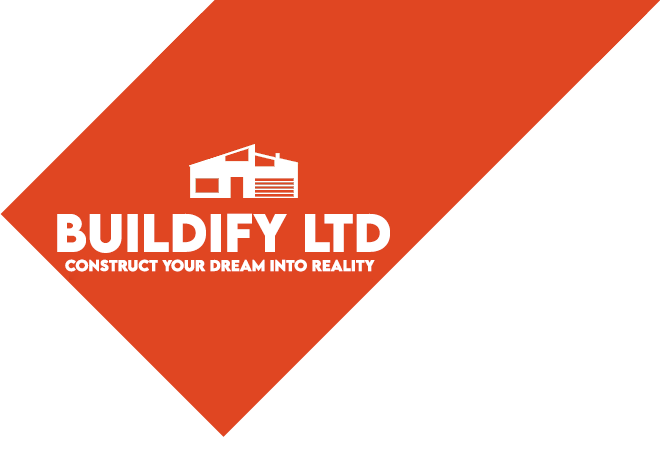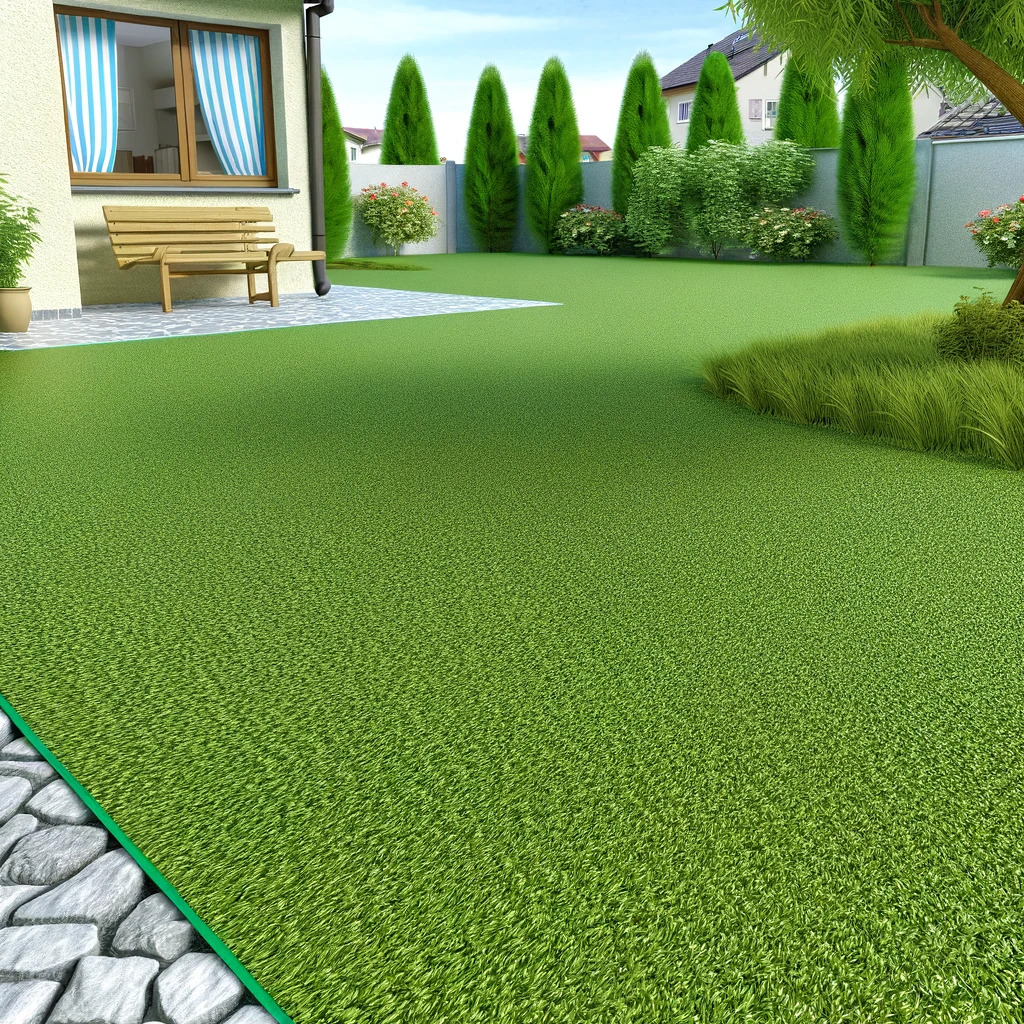DIY: Lay Artificial Grass
Whether you’re a beginner or an experienced DIYer, this article will walk you through the process of laying artificial grass, from gathering the necessary tools and materials to following a detailed step-by-step instruction.
Why Is Artificial Grass a Good Choice?
Laying artificial grass has many advantages, some of which are listed below:
- As a result of its low maintenance requirements, it retains its attractive appearance throughout the year, regardless of the weather.
- Without having to constantly cut grass, you can relax and enjoy your garden more.
- The use of lawn mowers is less polluting.
- Benefits include: reduced water usage (since it doesn’t need watering) and longevity (as genuine grass requires continual maintenance), as well as the fact that it is resistant to digging and spoilage by dogs.
- Remains green all year.
- You have a lot of control over the final product, including the colour, pile, length, texture, yarn, and density.
- The grass dries more quickly than usual.
- No messes here, and it’s gentle and perfect for kids.
- Compared to regular grass, it is more resistant to pests.
- The materials used ensure that it remains pest-free.
- It lasts a very long time.
You can see that installing artificial grass outside your house is a fantastic choice for a lot of reasons.
DIY Guide: How to Lay Artificial Grass Yourself Steps
Step 1 – Dig
Around the edges of the place where you are putting down artificial grass, dig out to a depth of 100 mm. Then, dig 75 mm deeper for the rest of the area. A wheelbarrow will make it easy for you to move around while you’re working. For a more realistic look, leave the middle a little higher.
Put sticks in the ground to hold up the edging boards, and then level them to the right height. To keep the boards in place, screw them to the posts.

Step 2 – Rake out the base
After you’re done shaping, rake the area’s base and then spray weed killer on it.

Step 3 – Cover the Area
Put a weed control sheet over the whole area. Any parts should be at least 150 mm apart. Use your Stanley knife to cut the sides to the right length.

Step 4 – Sharp Sand
After laying down the weed barrier, fill in the space with sharp sand. Spread the sand out evenly across the area and use a board to make it smooth.
Use a wacker plate to pack the sand down really hard. The surface is ready to be put down once this is done.

Step 5 – Artificial Grass
Lay down the artificial grass on the ground and use your Stanley knife to cut it to fit where it needs to go.
You might need to join grass together for bigger places. To do this, roll out the tape along the seam and cut it to the right length. You can use tape that sticks to itself on both sides or tape that sticks to itself on the outside. Put this under the length of the turf and then fold the ends of the turf together on top of it. Smooth the gap with your hand. Until the glue sets, put a plank and some heavy blocks on the seam.

Step 6 – Clout Nails
Put about 300 mm of space between each clout nail you hammer into the edge boards.

Step 7 – Brush the Grass
To finish, brush the grass.

Things you need to lay artificial grass
To lay artificial grass, you will need the following tools:
1.5m spirit level
· Drill bits
· Drill driver
· Hammer
· Mallet
· Rake
· Sealant gun
· Spade
· Stanley knife
· Tape measure
· Wacker plate
· Wheelbarrow
Using safety gear to lay artificial grass
To lay artificial grass, you will need the following safety gear:
· Ear defenders
· Eye goggles
· Gloves
· Knee pads
· Steel-toe cap boots
Things you need to lay artificial grass
Some of the things you will need lay atrificial grass are listed below:
· 100mm x 25mm timber
· 40mm clout nails
· Artificial grass adhesive
· Artificial turf
· Deck screws
· Joining tape
· Plank
· Self-adhesive joining tape
· Sharp sand
· Weed control membrane
· Weed sprayer
· Wooden stakes
Tips for Getting Ready to Lay Artificial Grass
Take out any old grass that might be in the area and make sure the ground is level before you begin laying down artificial grass.
To figure out how much artificial grass to buy, you need to measure the area. Always add an extra 10% to make sure you have enough.
Various Types of Artificial Grass
When laying artificial grass, three different kinds of plastic are used. Here is a list of the different kinds of artificial grass:
Green Polyethylene Grass
Most of the time, this kind of plastic fabric is used. In general, it’s a good all-around choice for artificial grass.
The fibre is pretty soft and looks great, but it’s not as strong as nylon, so it might be best for places that don’t get a lot of use.
Nylon Grass
But it costs more. Nylon grass is the strongest and longest-lasting material used to make artificial grass.
This is best for areas with a lot of foot traffic or play places for kids because it can handle a lot of use.
Artificial grass made of polypropylene
It’s a pretty soft fibre that looks a lot like plastic grass. But it’s not as strong as nylon and not as strong as polyethylene. Because of this, this kind of grass is great for general use but shouldn’t be put in places where a lot of people walk on it.
Combining nylon with another fabric makes the best artificial grass because it lowers the price and makes the grass stronger.
How to Clean Artificial Grass
Artificial grass doesn’t need much upkeep, but it does need to be cleaned every so often. These tips for cleaning artificial grass will help it look great all year long.
Clean the artificial grass with water
At least once a week, you should water your artificial grass to get rid of any dirt on the top and keep it looking great.
You can use a regular hose or set up a fountain with a timer to water it without much work on your part.
The artificial grass should be brushed
You should brush your artificial grass often, making sure to brush against the natural grain of the grass to get rid of bigger pieces of dirt and leaves.
Get rid of pet waste
If you have dogs, you should pick up after their waste. For solid waste, you can use a pooper scooper or a bag. At least once a week, you should hose down the area.
FAQs
Is it possible to put artificial grass on top of concrete?
It is possible to lay artificial grass down on concrete. As the floor, you won’t need to use sand. Instead, you will need to use an artificial grass foam underlay. You won’t use nails to stick the artificial grass down; instead, You will use glue.
Is artificial grass rough on the skin?
Most artificial plants today won’t graze the skin. Artificial grass comes in a lot of different types. If you’re worried about skin grazes, pick a type of grass with soft fibres.
Will my artificial grass drain properly?
Yes, artificial grass is porous and has holes in the back to let water run away.
Is it okay to use a grill on artificial grass?
Extremely hot weather could melt artificial grass, so you should never have a grill or an open flame near it.
How long does it take to lay artificial grass?
That will depend on how much space needs to be filled. Most jobs to put artificial grass, on the other hand, can be finished in one day.









